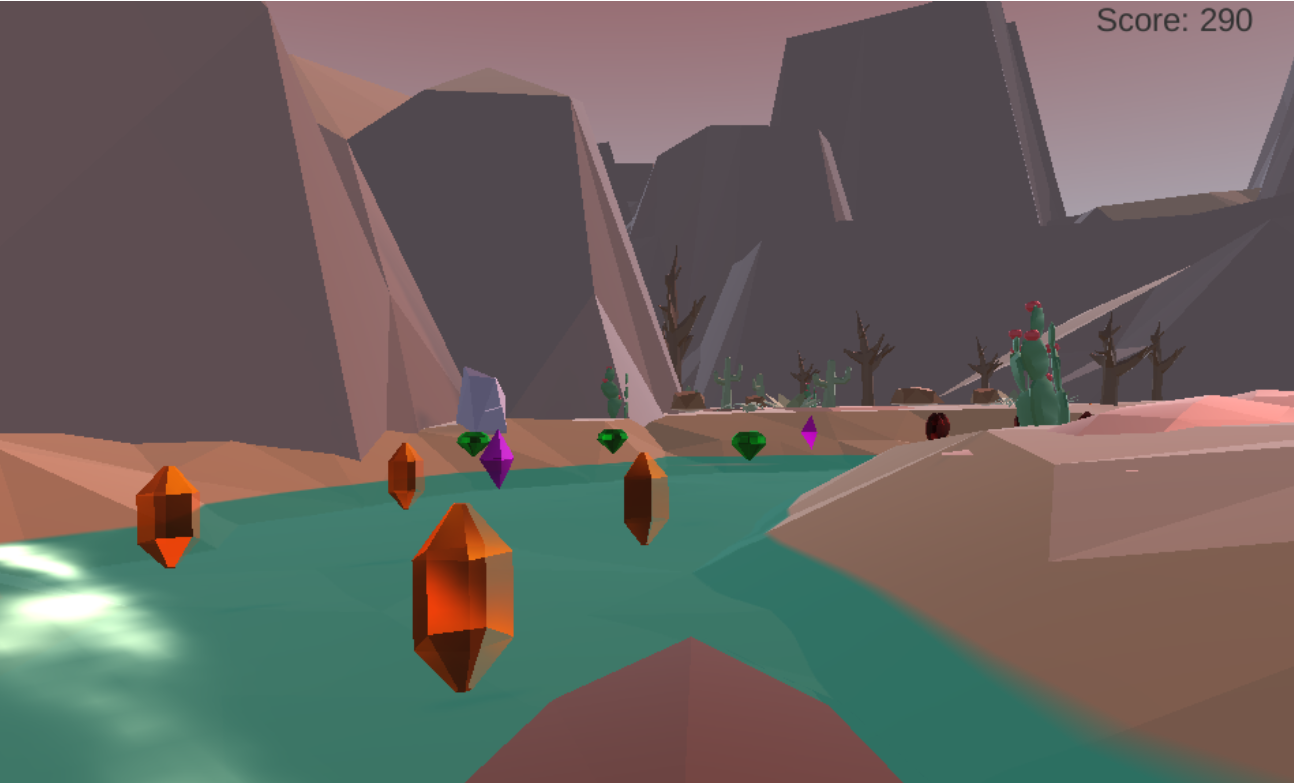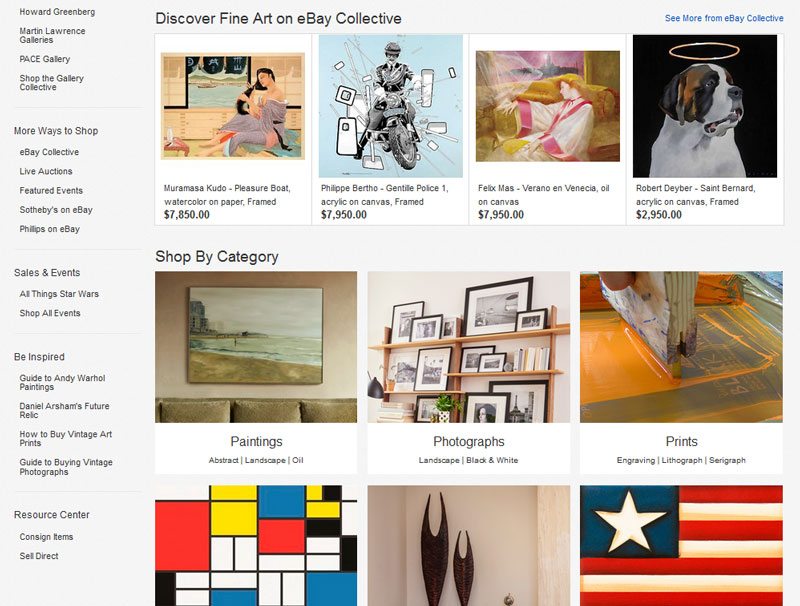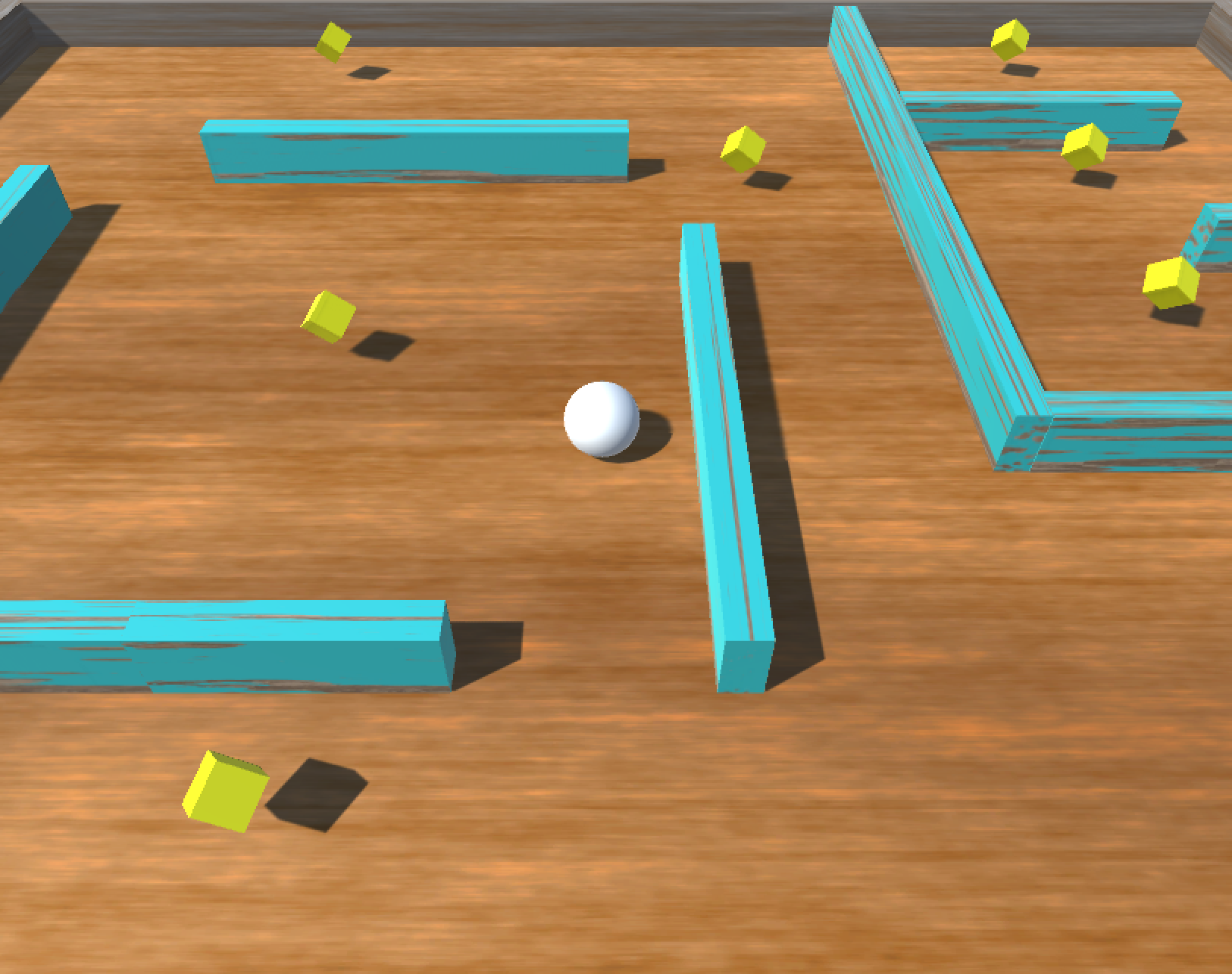There are thousands of indie game developers all over the world who make games. But, only a fraction of those developers have any experience working with a game publisher. I was one of those developers when I saw an opportunity to work for a start up that published educational games. I submitted my game portfolio to the company and was accepted shortly after. It was a super exciting moment. I couldn’t wait to start working with a game publisher on a legitimate platform.
Unfortunately, my experience working with the company was less than ideal. Perhaps there were some warnings early on, but I did not know what signs to look for. Also, the company seemed eager to share information with me about how to complete the project successfully. They set up a video call with me and e-mailed me the PowerPoint that illustrated the requirements needed. They immediately gave me access to the platform where other developers submitted their games so I could get some inspiration for what game I should make.
I immediately noticed many of the games submitted through the platform were very simple. This made sense, because there was a requirement to complete the game in three months. Still, I felt pretty confident I could make a game that was more interesting. There was a clear incentive for making the games more engaging. Developers were paid by the percentage of users who play their game.
What I didn’t realize, and what wasn’t made clear to me, is that the game I built had to work seamlessly on an internet browser on older iPads. This was the reason that the games I saw on the education platform were so basic. Unfortunately, during my on-boarding the technical aspects of just how simple my game needed to be were not discussed. I had no idea that I could not have a three dimensional game where you could move a character around an environment with arrow keys because the iPads running Chrome could not handle rendering at that frame rate.

It was a huge blow to my motivation and excitement about game development when the testers reviewed my game. They said that it was unplayable on the required platforms. It was also a shock because I had been using the testing platform provided by the company many times. Before I submitted the game I played through it on the testing platform religiously. It seemed very counter-intuitive for the company to provide a testing framework if “passing” the test didn’t actually mean it would run on the final system.
I attempted to re-factor my game by reducing the complexity. For starters, compressing the graphics and simplifying the 3D models in the environment. After another round of testing I realized that there was no way my game would work within a web browser on an iPad without making huge changes. I had only a few weeks left at this point.
Some of you may be wondering why I didn’t create a build of the game and run it on an iPad myself. The problem was that the game had to connect to the companies proprietary API’s, and those API’s were only designed to run on the companies domain where the testing platform was. To make matters worse, their API also didn’t run on an iPad — only a computer.
In retrospect, I can’t help but wonder if the company was trying to take advantage of eager indie developers. The kind who are too new to know how to distinguish a sketchy arrangement from a legitimate one. I was one of those developers, who trusted that the information I needed to succeed would be provided to me. Maybe it was disorganization and mismanagement on the part of the company that made the technical requirements unclear. Regardless, the result was the same.
I wanted to share this story because I’m sure there are other indie developers out there looking for contracts to prove their capacity and get their work seen by more people. It’s an admirable goal, and far be it from me to discourage any indies from doing that. However, its important to be aware that many companies take advantage of indies eagerness to get professional experience. I wish I had done more research and asked more questions before diving into making the game. Hopefully this post will help those of you reading to be aware of some of the pitfalls. Especially in cases where you are working with a publisher that has very specific rules about the types of games that they accept.
It was not a lack of motivation or excitement about making the game on my part. I read through the rules, visited the forums, and took time to explore the platform the company used. Sadly, I had pretty much completed the game before I learned it would not be publishable on the platform..
Spending three months on a game that ended up not returning any profit is bad enough. Whats worse is the bad taste is still there an entire year later. I can only imagine how much worse it would have been if I signed a contract for a year. I know this has happened to other developers. It is my sincere belief that the industry needs to do a whole lot better. Especially in terms of making the technical limitations transparent, without taking advantage of indie developers passion.

Even though my game didn’t get accepted while working with the game publisher, I decided to publish my game publicly on itch.io instead. After all, it is a shame to work on something and have it sit unseen on my hard drive. It’s an educational game for middle school students where you navigate a boat through the rapids of the grand canyon. You earn points by collecting gems and answering questions about erosion.
Are you an indie developer? Have you had any bad experiences working with a game publisher, on educational games or otherwise? I would love to hear from you in the comments.
Thanks for reading and feel free to follow me on Twitter @nadyaprimak where I talk more about game development, art, technology, and more.






















